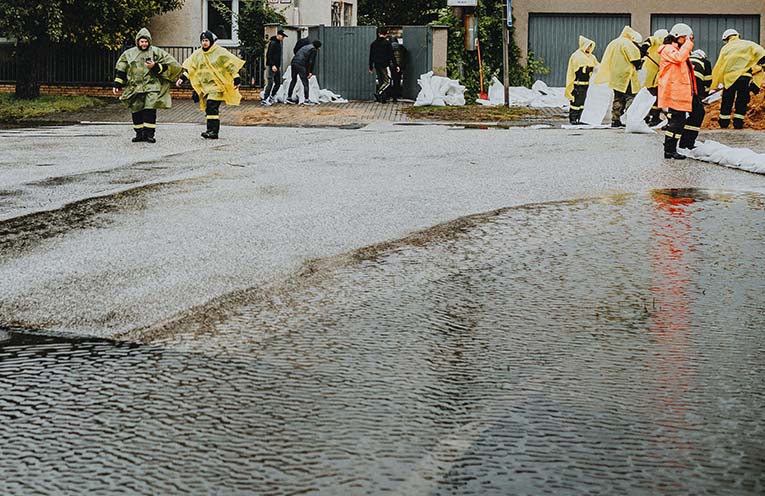THE Albanese and Minns Governments have activated disaster assistance to communities in Local Government Areas (LGAs) in the Hunter and Mid North Coast following severe weather, including heavy rainfall.
The NSW Government’s Natural Disaster Declaration applies to the LGAs of Bellingen, Central Coast, Cessnock, Clarence Valley, Coffs Harbour, Dungog, Kempsey, Lake Macquarie, Maitland, MidCoast, Nambucca, Newcastle, Port Macquarie, Port Stephens, Singleton and Upper Hunter.
Support has been made available under the joint Commonwealth-state Disaster Recovery Funding Arrangements (DRFA).
Assistance measures that may be provided to communities include:
- Assistance for eligible residents to help meet immediate needs like emergency accommodation and essential items generally provided from evacuation or recovery centres.
- Grants for low-income, uninsured residents to replace lost essential household items to maintain basic standard of living.
- Grants for low-income, uninsured residents to undertake essential structural repairs to restore their homes to a basic, safe and habitable condition.
- Support for affected local councils to help with the costs of cleaning up and restoring damaged essential public assets.
- Concessional interest rate loans for small businesses, primary producers, and non-profit organisations and grants to sporting and recreation clubs to repair or replace damaged or destroyed property.
- Freight subsidies for primary producers to help transport livestock and fodder.
- Financial support towards counter disaster activity undertaken by emergency service organisations to keep communities safe.
“These floods and severe weather are having a huge impact on communities across the Hunter and Mid North Coast, which is why we’re working with the Minns Government to activate this support,” Federal Minister for Emergency Management Kristy McBain said.
“From emergency accommodation, to support for small businesses and councils to repair damages – we’re ensuring support is available during this event and as communities turn their focus to recovery.
“These conditions are expected to continue into the week, so it’s really important that people are aware of the flood risk in their area by keeping up to date with the warnings and that they listen to the advice of emergency services.”
NSW Minister for Recovery Janelle Saffin said the NSW Government is activating a range of basic support to assist flood impacted communities and councils
“We know this is a challenging time for people in many parts of NSW, and we are rolling out these support measures so communities can begin the clean-up and recovery process as soon as possible,” Minister Saffin said.
The State Government has also waived the waste levy for impacted LGAs.
Residents in the areas hit hardest by the storm can dispose of flood-affected items at landfill sites without having to pay the waste levy fee for the next three months.
Storm generated waste includes damaged building materials, furniture, carpet, garden debris and other items.
It does not cover waste generated by property repair or pre-existing materials.
Landfill operators may still charge their own landfill operation charge, also known as the gate fee or tip fee, to manage waste.
Residents should also contact their local council before visiting their local tip to ensure it is still able to accept waste.
More information on disaster assistance can be found at
https://www.nsw.gov.au/emergency/recovery and www.disasterassist.gov.au.




